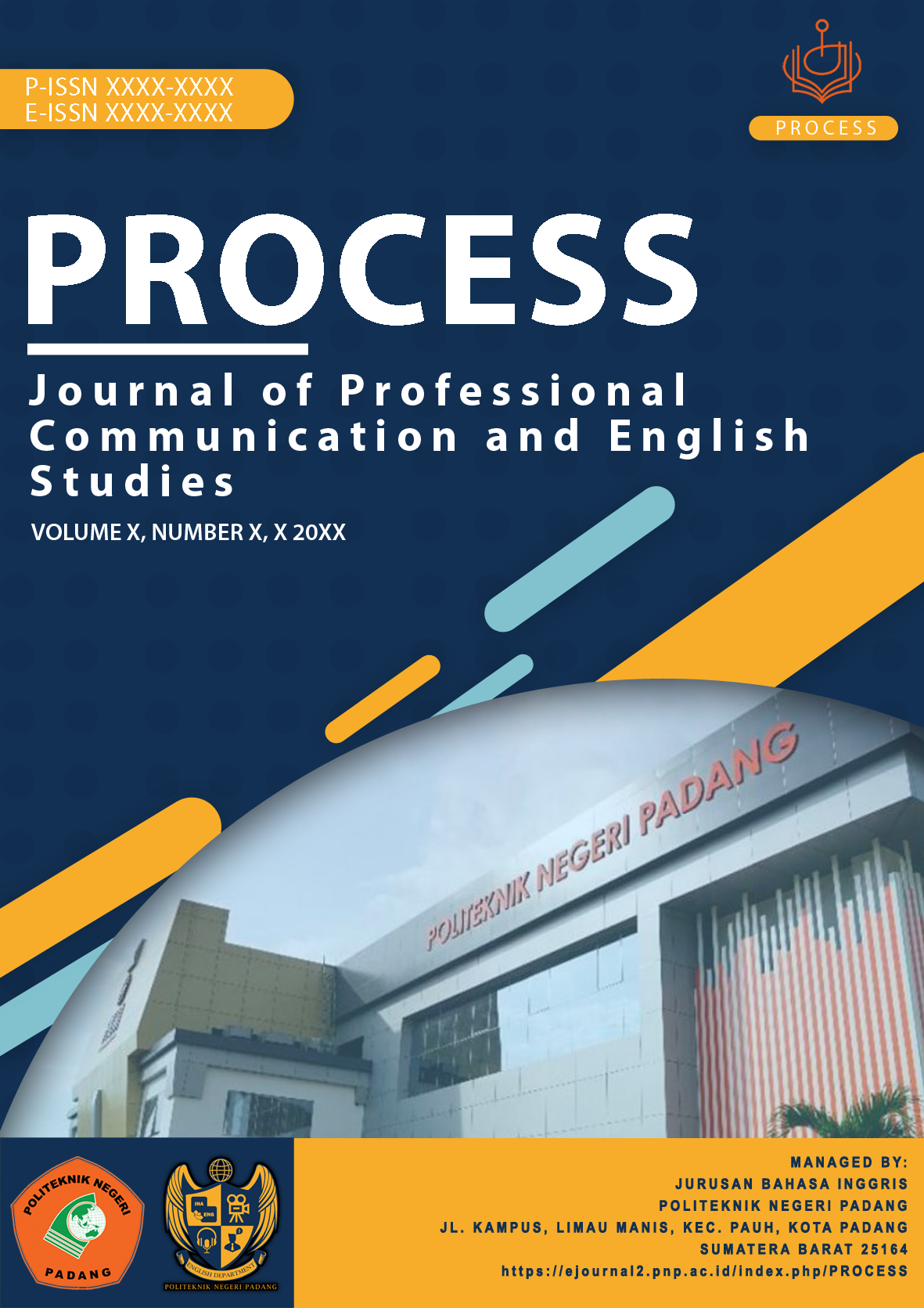Instructed Second Language Acquisition in Chinese as First Language English as Foreign Language in Secondary Schools
Abstract
In the field of second language acquisition, there have long been theoretical divisions and practical disputes between explicit and implicit instructions. Explicit instruction focuses on rule explanations but neglects language application, while implicit instruction emphasizes natural acquisition but lacks systematism. In order to complement the advantages of the two teaching methods, this study attempts to propose an integrated framework of implicit and explicit instructions based on Ellis's instructional model (2024), consisting of four parts: integration of teaching objective, integration of teaching content, integration of methodology, and integration of assessment. The current study tries to bridge the gap between explicit and implicit teaching approaches for effectively enhancing the teaching efficiency of foreign language classes in secondary schools. This current study provides a new theoretical perspective for the study of second language teaching approaches and offers an operational implementation path for classroom teaching practice. In the future, its applicability in different contexts can be further verified through empirical research.
References
Cai, C. (2021). Effects of Blended Instruction and Language Proficiency on the Perception Accuracy of English Sentence Stress. Foreign Languages and Their Teaching, (05), 100-110+150.
Cai, J. (2017). Challenges to Traditional College English Teaching Concepts: A Study of College English Teaching Guidelines. Foreign Language Education, 38(01), 6-10. doi:10.16362/j.cnki.cn61-1023/h.2017.01.002.
Chen, J. (2024). Effects of Explicit and Implicit Instruction on the Acquisition of Discourse Markers. Chinese Language Learning, (05), 84-92.
Chen, L., & Dan, W. (2024). The Supplementary Role of TSLT for TBLT: A Response to Ellis (2024). International Journal of TESOL Studies, 6(4), 62-70. https://doi.org/10.58304/ijts.20240407
Chen, L., & Lambert, C. (2024). Focus on form in the uptake, stability and transfer of relative clause use across tasks. TASK, 4(1), 111-133. https://doi.org/10.1075/task.00028.che
Ellis, R. (1994). The study of second language acquisition. Oxford University Press.
Ellis, R. (2004). The definition and measurement of L2 explicit knowledge. Language Learning, 54(2), 227-275.
Ellis, R. (2019). Towards a modular language curriculum for using tasks. Language Teaching Research, 23(4), 454-475. https://doi.org/10.1177/1362168818765315
Ellis, R. (2024). Task-based and task-supported language teaching. International Journal of TESOL Studies, 6(4), 1-13. https://doi.org/10.58304/ijts.20240401
Gao, H., & Dai, M. (2004). The acquisition of relative clause extraposition by Chinese learners of English: A study of the effects of explicit/implicit instruction. Foreign Language Teaching and Research, (06), 444-450+481.
Huang, J. (2009). A review of research on the development of non-native speakers’ speech act ability and the teaching methods of speech act in China. Foreign Language Learning Theory and Practice, (01), 68-76.
Li, F., & Sun, Y. (2019). Effects of different explicit instructions on the learning of subjunctive mood by EFL learners: A depth-of-processing perspective. Foreign Language Teaching and Research, 51(03), 447-458+481.
Liu, C. (2000). The Contradiction and Countermeasures between Exam-oriented Education and Quality-oriented Education in Foreign Language Teaching in Colleges and Universities. China Higher Education Research, (03), 91-92. doi:10.16298/j.cnki.1004-3667.2000.03.047.
Liu, C. Y. (2016). Problems and Countermeasures of Students’ Learning Motivation Degradation in College English Teaching. Theory and Practice of Education, 36(03), 61-62.
Liu, D., & Wu, Y. (2014). Effect of explicit /implicit enhancement on L2 vocabulary and grammar acquisition. Foreign Language World, (05), 57-66.
Liu, Y. (2011). The application of explicit teaching in English writing class. Education Exploration, (01),81-82.
Liu, Y., & Ren, W. (2024). Task-based language teaching in a local EFL context: Chinese university teachers’ beliefs and practices. Language Teaching Research, 28(6), 2234-2250. https://doi. org/10.1177/13621688211044247
Ministry of Education of the People’s Republic of China (MOE) (2022). Compulsory Education Curriculum Plan (2022 Edition). Basic Education Curriculum, (09), 72-80.
Norris, J. M., & Ortega. (2000). Effectiveness on L2 instruction: A research synthesis and quantitative meta-analysis. Language Learning, 50(3), 417-528
Schmidt, R. (1990). The role of consciousness in second language learning. Applied Linguistics, 11(2), 37-41.
Sheen, R. (2006). Focus on forms as a means of improving accurate oral production. InA. Housen, & M. Pierrard (Eds.), Investigations in instructed second language acquisition. (pp. 271–309). Mouton de Gruyter.
Shintani, N. (2016). Input-based tasks in foreign language instruction for young learners. Amsterdam: John Benjamins.
Spada, N., & Lightbown, P. M. (2008). Form-focused instruction: Isolated or integrated? TESOL Quarterly, 42(2), 181–207.
Suzuki, Y. (2021). Optimizing Fluency Training for Speaking Skills Transfer: Comparing the Effects of Blocked and Interleaved Task Repetition. Language Learning, 71(2), 285–325. https://doi.org/10.1111/lang.12433.
Wang, W., & Wang, L. (2023). The Effect of Explicit/Implicit Instruction and Field Style on EFL Learners’ Acquisition of the Simple Past. Foreign Languages Research, (05), 63-70. doi:10.13978/j.cnki.wyyj.20230822.005.
Wen, Q. (2015). Developing a theoretical system of production-oriented approach in language teaching. Foreign Language Teaching and Research, 47(04), 547-558+640.
Wu, N., & Zheng, C. Y. (2020). The Current Situation, Problems and Countermeasures of High School English Teaching Development under the Background of the New College Entrance Examination Reform. Curriculum,Teaching Material and Method, 40(10), 82-89. doi:10.19877/j.cnki.kcjcjf.2020.10.013.
Zhang, H., & Zhang, K. (2009). On Silence in College English Classrooms. Foreign Languages in China, 6(02), 78-84.








